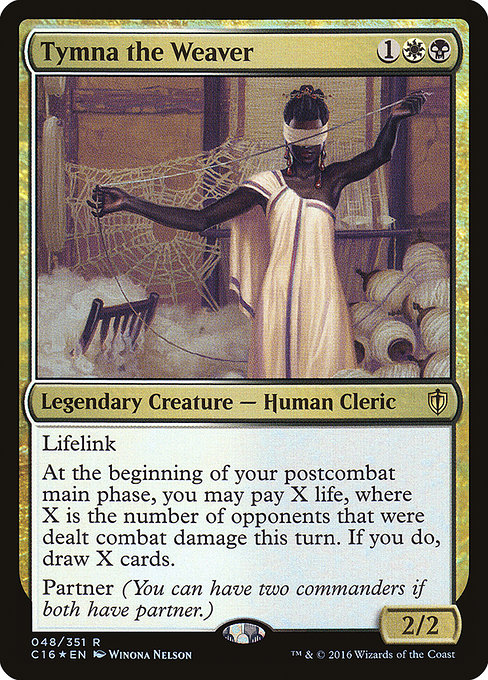Deck & Commander Strategies

Korvold, Fae-Cursed King
Korvold's deck focuses on sacrificing permanents to draw cards and grow Korvold into a lethal threat. It leverages value engines like Grinding Station and token generators to fuel this plan, aiming to overwhelm opponents through attrition and card advantage.
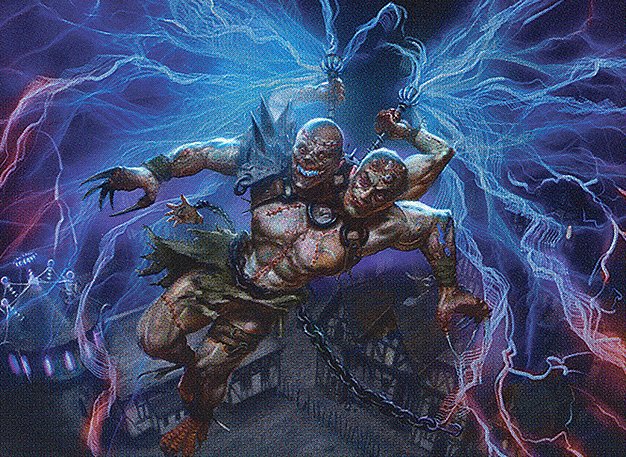

Kraum, Ludevic's Opus / Tymna the Weaver
This deck uses the synergy between Kraum and Tymna to generate incremental card advantage through combat damage and casting spells. It aims to maintain pressure with efficient creatures and control elements, while leveraging card draw to find key answers and threats.

Etali, Primal Conqueror
Etali’s deck focuses on dealing combat damage with Etali to cast free spells from opponents’ decks, generating massive value and disruption. The deck uses recursion and mana acceleration to repeatedly trigger Etali’s ability and control the board.

Kefka, Court Mage
Kefka’s deck capitalizes on chaos and disruption, using Kefka’s ability to manipulate top cards, generate value, and disrupt opponents’ plans. It often employs combo elements and a suite of counters and removal to maintain control.
Gameplay Insights
- 1
Casting Defense Grid to prevent opponents from responding during others’ turns was a strong lockdown attempt but was effectively countered by Mindbreak Trap, highlighting the importance of interaction and stack management in cEDH.
- 2
Repeated use of tutors and recursion (e.g., Worldly Tutor and Grinding Station) allowed for assembling complex combos and value chains, demonstrating how incremental advantage leads to a winning position.
- 3
The interplay around Etali’s ability to cast spells from opponents’ decks required careful sequencing and counterplay, illustrating the high stakes of timing and resource management in competitive Commander.
- 4
Players showed restraint in blocking and combat decisions, weighing potential losses of key creatures like commanders against damage mitigation, a common strategic consideration in multiplayer formats.
Notable Cards
-

Etali, Primal Conqueror // Etali, Primal Sickness
-

Korvold, Fae-Cursed King
-
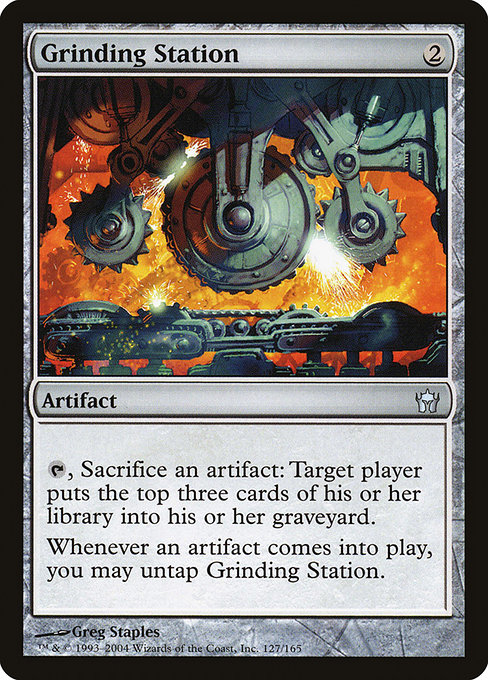
Grinding Station
-
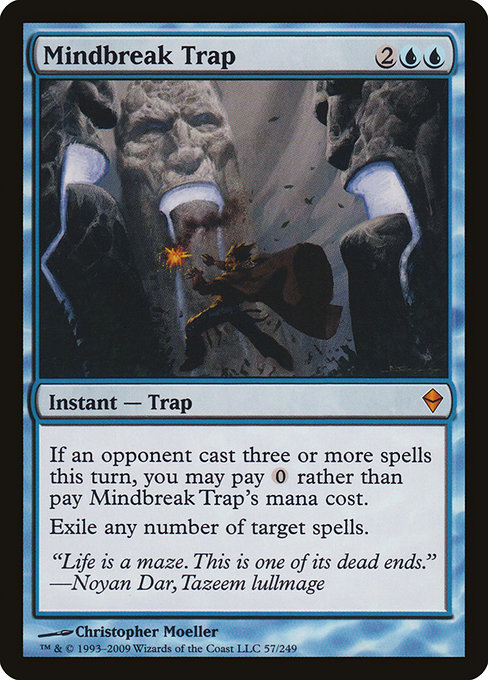
Mindbreak Trap
-
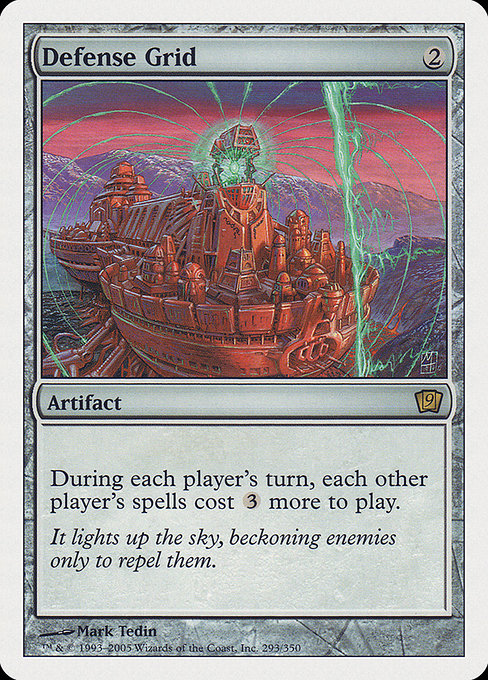
Defense Grid
-
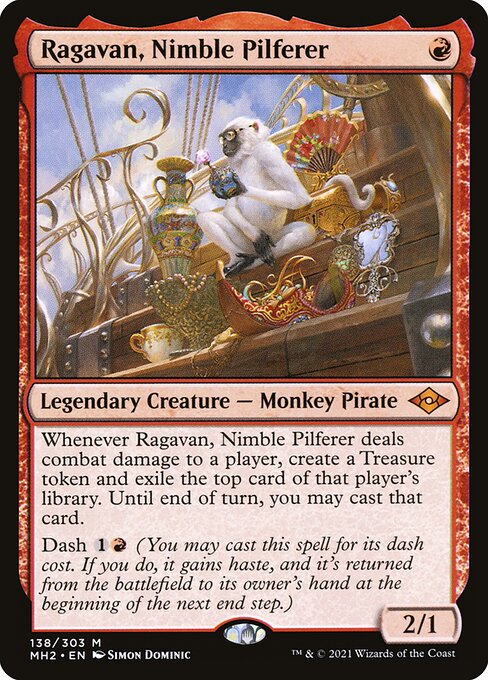
Ragavan, Nimble Pilferer
-

Crop Rotation
-
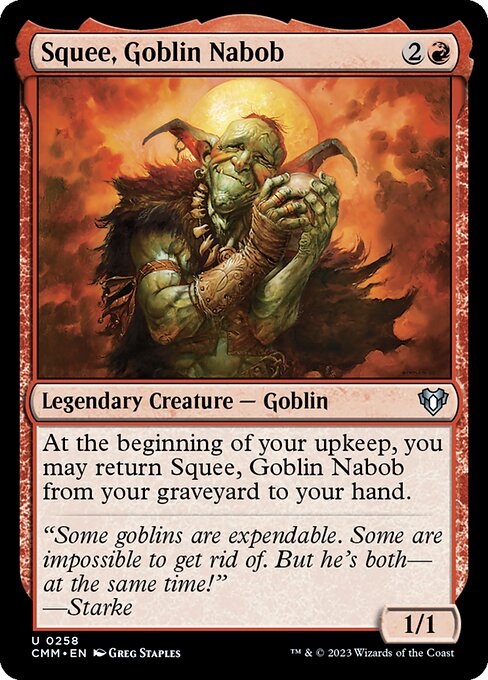
Squee, Goblin Nabob
Gameplay Summary
The game started with players establishing their mana bases and deploying early creatures like Timna the Weaver and Elves of Deep Shadow, setting up for aggressive and value-oriented plays.
Early interactions involved combat damage and attempts to disrupt opponents' board states, with some players hesitating to block key threats like Ragavan or to counter pivotal spells.
Midgame saw a flurry of strategic plays, including the use of crop rotation to fetch lands and the deployment of powerful artifacts like Grinding Station combined with tutors to assemble combos.
One player managed to build up a board state featuring Chatterfang and other synergistic creatures, gaining card advantage and board presence. A critical turning point came when a player cast Defense Grid to lock down opponents’ responses while attempting to resolve multiple spells simultaneously.
This was immediately countered by a Mindbreak Trap, demonstrating the high-level interaction typical of cEDH gameplay.
The climax involved a sequence of gambles and recasts around Etali, Primal Conqueror, with multiple counters and careful play to navigate through the stack.
Ultimately, the game ended with a decisive win after leveraging Etali’s ability to repeatedly cast spells and generate value, combined with effective use of sacrifice and recursion mechanics from Korvold and other commanders.



